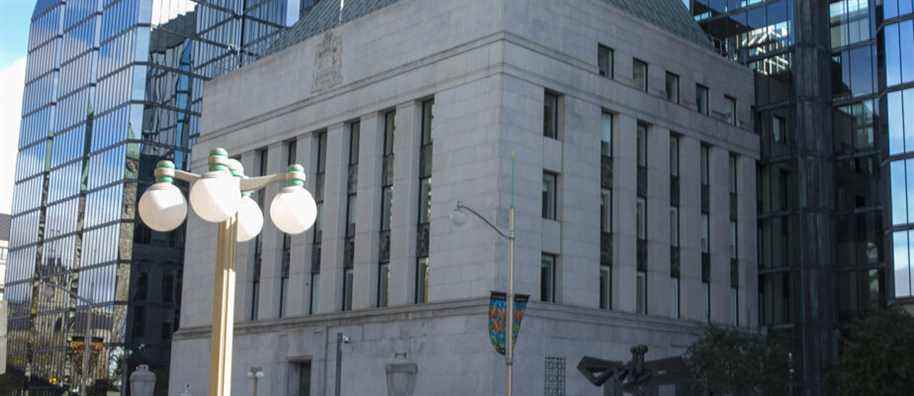(Montreal) Rising inflation is forcing the Bank of Canada’s hand. The central bank will have no choice but to raise its key rate next week, believes Jean-François Perrault, chief economist at Scotiabank.
Posted at 3:04 p.m.
Mr. Perrault updated his forecast on Wednesday. He now believes that the first rate hike will occur as early as January 26 and not in April. He expects the policy rate to rise by 175 basis points in 2022 to settle at 2% by the end of the year.
The economist updated his forecast on the same day that Statistics Canada revealed that annual inflation had risen in December to its highest level since 1991. The consumer price index in December posted a rise of 4 8% compared to the same month a year earlier, said the federal agency. Canadian annual inflation was 4.7% in November.
“We had written this note before the unveiling of Statistics Canada”, explains Mr. Perrault in an interview, on the sidelines of a virtual conference organized by The Scotiabank Women’s Initiative.
Supply problems partly explain this update, says the economist. “It’s more persistent. It’s less temporary than we thought. »
The idea of such a rapid rise in rates to 2% may seem sudden, but Mr. Perrault does not believe that it would derail the economic recovery. He estimates that at 2% in 2022, real rates would remain negative, ie interest rates would be lower than inflation. This is a condition that is always stimulating for the economy.
Scotiabank’s economics team expects real gross domestic product (GDP) to grow 3.7% in 2022 in Canada and 3.3% in 2023. Inflation is expected to reach a rate of 3.9% in 2022 and then decline to 2.7% in 2023.
Is the specter of stagflation possible if supply chain disruptions persist while the economy slows? Mr. Perrault does not believe it.
“The supply problem is linked to a demand that is very strong. There was a stimulus. Households want to spend. The global production system is having difficulty meeting that demand.
“We talk about it as a problem of supply, he adds, but fundamentally the problem is that we want to buy many things and that it is difficult to buy these things. »
